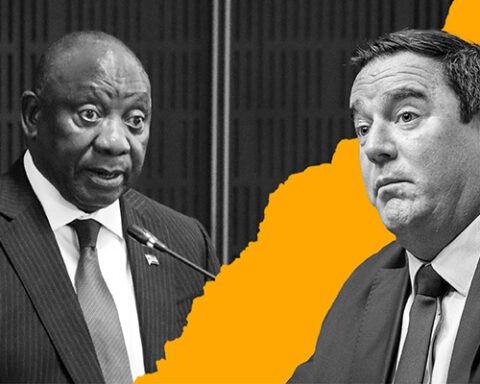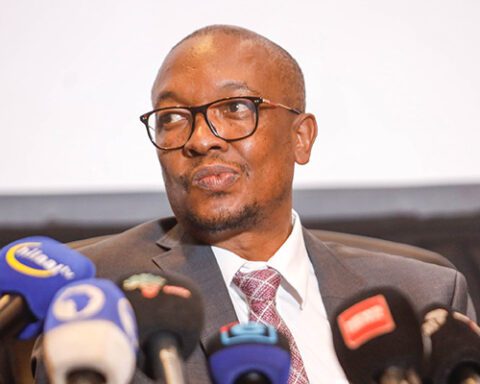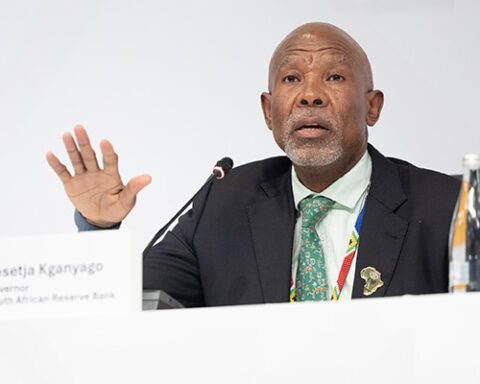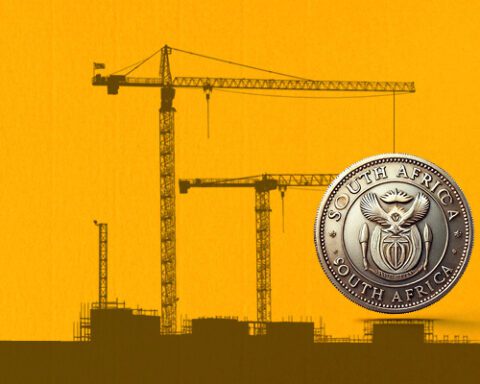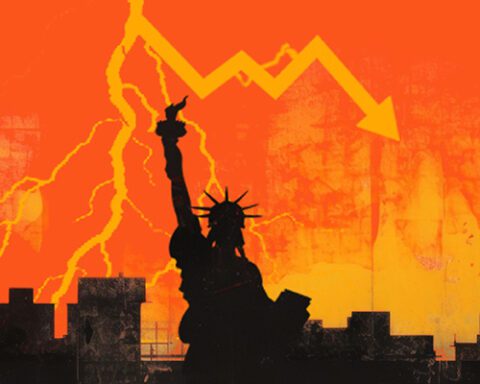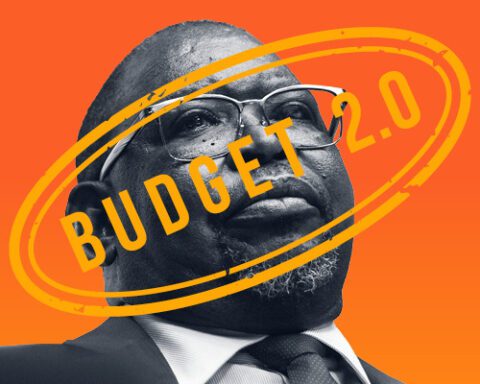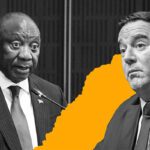The late Tito Mboweni, followed by Gill Marcus and now Lesetja Kganyago, all had one key instruction from the government: tackle inflation. And all faced the same obstacle: the government itself.
Since 2017, Kganyago has targeted 4.5% inflation, the midpoint of the South African Reserve Bank’s (SARB’s) 3%-6% range and has achieved it without harming the economy. Now, he aims to lower it further, likely to 3%.
Speaking to Bloomberg Television on Thursday at the annual International Monetary Fund and World Bank meetings in Washington, Kganyago said that South Africa’s inflation target is out of step with its emerging-market peers. “If we revise the target, the target can only be revised lower,” he said.
The potential benefits for South Africa could be enormous: a stronger, more stable currency, faster growth, and more money in the pockets of citizens, particularly the poor and working class.
So, what’s the problem? The inflation target helps guide pricing and wage increases across the economy. But year after year, state-owned enterprises like Eskom, Transnet and others – along with municipalities – seek price hikes far exceeding inflation. Mainly because they’re bloated, inefficient, riddled with corruption, mismanaged, or so far behind on maintenance that everything is falling apart.
Trade unions constantly demand above-inflation pay increases. Add to that an unproductive labour force, and businesses are left with little choice but to raise prices to maintain profits. The result? Persistent inflation. Medical aids and private schools often add to the conundrum with their price hikes.
Then, consider that South Africa’s major trading partners target inflation rates of about 2%. This creates a dilemma: if South African inflation is higher, the rand needs to weaken against other currencies to keep exports competitive by making them cheaper internationally.
The reality is that monetary policy cannot combat the knock-on effects of price surges in administered prices (prices set by the government, such as for electricity, port, rail, or water services), says Iraj Abedian, founder and CEO of Pan-African Investment and Research Services.
“If you look at what bedevils our economy at the moment, the real headache for the monetary authorities is administered prices,” he tells Currency. “These prices affect everything else in the economy to varying degrees.”
Having low inflation could potentially bring stability to the rand. This may contain fuel prices, which drive up transportation costs and influence items that account for 45% of the inflation basket.
“The monetary authorities have only one sledgehammer, and that’s interest rates,” Abedian says. “It doesn’t always help the economy, but they have no other tools.”
The heart of the issue lies in poor decision-making by politicians. Since inflation targeting was introduced in 2000, monetary authorities have struggled to get politicians to understand their responsibility to drive efficiency and productivity. Instead, Abedian says, they make emotive, ideological, and short-term decisions that undermine long-term economic stability.
“Nobody understands the implications for inflation. Nobody understands the impact on economic growth.”
The consequence of inaction will be runaway inflation, which will hurt the poor and working class the most.
‘Intellectual understanding’
The government’s tendency to bail out failing state-owned institutions to protect a few thousand jobs at the expense of the broader economy cannot continue. Strong political will and real leadership are urgently needed.
“If the question is posed differently, and we ask, ‘Do we control inflation and build a prosperous nation, or do we allow it to spiral and go downhill?’ It requires an intellectual understanding of the choices we face,” says Abedian.
It could be politically challenging to lower the inflation target now. Interest rates would need to stay higher for longer to push inflation down, slowing short-term economic growth. Labour unions, particularly in the civil service, would also have to accept smaller wage increases.
There is some anticipation that the National Treasury – which has been long engaged in discussions with the SARB over adjusting the target range – could provide an update when finance minister Enoch Godongwana delivers his medium-term budget policy statement next week.
Lowering the target to 3%-5% by 2004, and then to 2%-4%, was always part of the plan. But the rand’s sharp depreciation in 2001 delayed those moves, according to FNB economists. Multi-year wage agreements in sectors like government and mining will make it “detrimental to making a speedy adjustment” to a new target, while efforts to persuade state entities to limit price increases have largely failed, they wrote in a note.
Bronwyn Blood, investment analyst and portfolio manager at Granate Asset Management, says it will be tough to convince the public of the need for a lower inflation target. While the SARB has credibility, the government is still trying to rebuild public trust through reforms introduced by President Cyril Ramaphosa and the formation of the government of national unity.
Eskom and Transnet, both struggling with financial difficulties, cannot afford 3% price hikes. Many municipalities are overindebted and dysfunctional, battling to pay their bills.
Blood argues that for the public to support a lower inflation target, structural reforms must be implemented to restore confidence in the government. She also reckons it could be premature for the National Treasury to agree to a 3% inflation target before reforms take hold.
Moderate rate cuts
Bond investors should also pay attention to Kganyago’s repeated emphasis on a lower target. It probably signals the SARB’s reluctance to cut interest rates quickly, meaning the upcoming rate cuts are likely to be gradual. The monetary policy committee cut rates by 25 basis points (bp) at its September meeting compared with a much more aggressive 50bp cut by the Federal Reserve.
“We’re looking at a slow, moderate cutting cycle, with rates potentially dropping by only one percentage point, or even less, over the next year,” says Blood.
For this reason, she prefers government bonds over other fixed-income assets, such as corporate bonds or bank-issued negotiable certificates of deposit. Inflation-linked bonds, offering an inflation-adjusted yield, are also attractive.
Headline inflation eased for a fourth consecutive month in September, slowing to 3.8%, its lowest since March 2021, and down from 4.4% in August. The SARB forecasts it will average 4.6% in 2024, and ease to 3.7% in the first quarter of 2025, before ticking back up to an average of 4% in 2025 and 4.4% in 2026.
Azar Jammine, chief economist at Econometrix, says this indicates the SARB’s belief that inflation can’t align with trading partners’ levels without adjusting the target. Lowering the target, he argues, would help anchor future price expectations for unions, businesses and workers.
“The only way to break that cycle is to reduce the inflation target,” says Jammine. “A lower target becomes the benchmark and helps reduce inflation expectations over time.”
However, labour unions, particularly those representing the public sector, resist such changes. On October 1, unions rejected the government’s 3% pay increase offer, demanding 12% raises along with benefits like housing allowances, danger pay, performance bonuses and bursaries for dependents.
Unions see the push as a “capitalist ploy to reduce the wages of public sector workers,” he says, “and are opposing any thought of reduction in the inflation target”.

